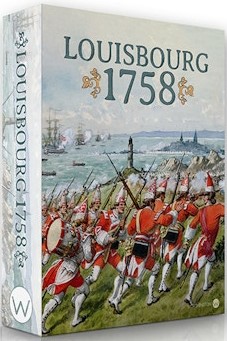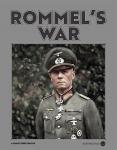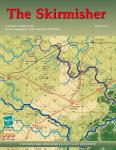![]()
![]()
![]()
![]()
![]()
![]()
Louisbourg 1758
About The Siege of Louisbourg
The Siege of Louisbourg in 1758 was one of the most important contests of the French and Indian War. Louisbourg protected the Saint Lawrence River gateway into New France. Greatly outmanned and outgunned Louisbourg eventually fell to the British but the French fortress held out long enough to prevent a British campaign in 1758 against Quebec and the interior of New France.
Louisbourg 1758 Game Overview
Louisbourg 1758 is a two player game on the campaign to take the fortress. One side commands the British while the other commands the French. The object of the game for the British player is to occupy the fortress of Louisbourg with their army or occupy Louisbourg harbor with their ships. The French goal is to prevent the British from achieving their objectives by the end of the game.
The game has 16 turns. Each turn has an Operational Phase, Bombardment Phase, and a Player Action Phase for each side. During the Player Action Phase, a player has one action to use for the turn. Actions are used to move army units, make an amphibious move with ships and army units, conduct raids, or move ships into and out of sea areas.
Each side has the ability to bombard opposing units in adjacent locations around Louisbourg. Moving army and ship units can cause battles. Battles reduce the strength of units and cause retreats.
The Game Board
The game board shows Louisbourg, its harbor and the surrounding locations. Key land locations are shown by name and location circle. Adjacent locations are connected by solid and dotted lines that represent trails, paths, waterways and roads used for land movement. The dotted lines provide location defensive advantages in battle. Movement for army units is regulated by adjacent location to location movement over solid and dotted lines.
There are two sea area locations on the game board, Louisbourg Harbor and Gabarus Bay. These are the only location ships are allowed. Land units are not allowed to occupy the sea locations but can pass through them to bordering land locations if transported by ships. The British ships start in Gabarus Bay.
The Game Units
Game units represent the army units and ships during the campaign. Each unit is represented on a wooden block printed with unit information on the block. The wooden blocks are custom made with each unit's art printed directly on the wooden block. French units are blue wooden blocks and British units are red wooden blocks.
On the blocks are unit type icons. There are regulars, light infantry, rangers, militia, Indians, and ships. Strength points (SP) are the pips located around the center of the icon and represent unit strength and how many dice they role in battle.
The Cards
Operational cards can used by each player. There are a limited number of cards available and it is a shared deck used by both players. Cards have a flag, British or French, that show which side is affected by it. The only card they can play is one that has their flag on it and is played face up. Players can only play cards that affect them, not their opponent. Cards that have a flag of the opponent in a players hand can only be discarded.
On odd turns during the Operational Phase, players draw one card from the operations deck if their cards in hand are less than three. They may play or discard (without showing it to your opponent) one card when they are active for the turn or when the card instructs. They may not play a card when their opponent is active. If a card is played it is played face up and only effective for the turn played.
Operations cards can alter and enhance player tactics for a turn, so their affects must be taken into account on opponent strategies. They keep players slightly off balance regarding what an opponent can or cannot do. Also, with the shared deck, drawing an opponent card that can only be discarded is still powerful as your opponent will not be able to use its benefit/affect and this intelligence is only known by you.
Whats in the Box
- 1 Hard Mounted Game Board
- 2 Rule Books
- 20+ Blue Wooden blocks unit information printed directly on the blocks
- 30+ Red Wooden blocks with unit information printed directly on the blocks
- 1 Deck of Cards
- 8 Dice
- 1 Custom storage tray
GAME OBJECTIVES
The British player wins if his army units occupy Louisbourg or Louisbourg Harbor with one of his ships at the end of a game turn before the end of the game.
The French player wins if the British player has not won by the end of turn 16, the end of the game. The French player also wins immediately if the British total Strength Points fall below 24 at the end of any turn.
SEQUENCE OF PLAY
Operational Phase: During this phase player order for the turn is determined. Then on odd numbered turns, each player draws a card from the operational deck. On even turns there is a die roll.
Bombardment Phase: Each turn both players may bombard if they have units in place. Units adjacent to Louisbourg and Louisbourg Harbor and locations on the harbor may bombard each other during the bombardment phase.
Player Action Phase: Each player may complete one action during this phase. The actions allowed are Land Move Army units, Raid an adjacent enemy occupied location, Amphibious Move, and Sea Area Ship Move.
Combat follows the Player Action Phase when units of opposing sides contest a location or sea area.
| Publisher | Worthington Publishing |
|---|
 Did you forget your password?
Did you forget your password?



.jpg)
.jpg)






